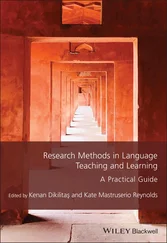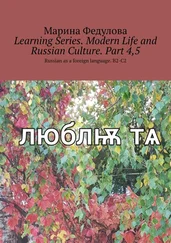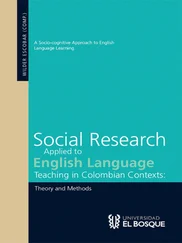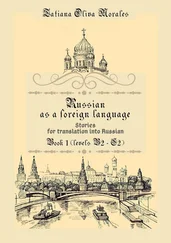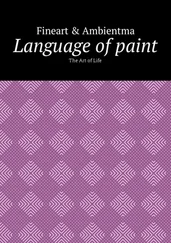More than once, I have been struck by the parallel between master teachers, expert mechanics and those who are skilled in the kitchen. One cook washes the vegetables, then melts the butter, then seasons the roast – proceeding from task to task, a single step at a time. Another somehow does all three at once. The mediocre mechanic drains the engine oil, idly watching the liquid drip into a container. The expert one turns his attention elsewhere, lubricating one part and adjusting two others, before the draining is finished.123
Developing these abilities thus becomes another key element of his in-service program for teachers, requiring a heightening of the teacher’s perceptual capabilities, the development of a form of “multiple vision” and a cultivation of spontaneity enabling the teacher to react intuitively at the moment when such opportunities present themselves.
1.3.7 Seymour Sarason – Teaching as a Performing Art
Seymour Sarason’s contribution to the concept of teaching as an art can be considered unique in a number of respects. As one of America’s most well-known educational psychologists, the publication of his book Teaching as a Performing Art in 1999 can be considered an important recognition of the contemporary relevance of this concept. He admits at the beginning of this book that he arrived at many of these insights only late in his life, after more than forty years of university teaching.124 As someone who had been active in training generations of teachers, his belated recognition that traditional teacher education programs were more often a part of the problems of teaching and not a solution to them, must thus be considered a significant admission of responsibility.
At the beginning of his book, he explains his overriding aims and what he sees as the fundamental parallel between teachers and performers:
My main interest is less in convincing the reader that teaching is a performing art and more in indicating that the process by which a person enters and grows up in the traditional performing arts has enormous implications for improving teaching.
A performing artist is one who uses him or herself to convey an emotion, or situation, or imagery intended to be meaningful and stimulating to an audience. The “message” whatever the medium, is for the purpose of evoking in others the response “I understand and believe what I am seeing and believing. You have not left me cold, you have engaged me.” (…) In the case of the teacher, engagement is a sustained one; it is not a one-night stand.125
The response that is evoked should have meaning past the moment and continue to live in others:
A teacher, like an actor, wants to have an impact during the performance but both also clearly want that impact to continue in some way to some degree afterward. You perform in the here and now in the hope that your performance has a future in the memories and actions of the audience.126
One of the key parallels that he sees between teachers and performers is the necessity of constantly re-creating their material and avoiding routinized performances. In this respect, he believes that teachers have much to learn from the relations between actors and their audiences. In the expectations which an audience brings to every performance and the concurring responsibilities which a performer assumes, he sees a paradigm for the relation between a teacher, her material and the pupils:
It makes no difference to an audience how many times an artist has performed the role. They expect that person to perform as if it was the first time the artist is performing the role. Audiences do not want to feel that they are being treated to a routinized performance devoid of the appearance of spontaneity and feeling. Audiences do not want to become aware that the artist is acting; they want to identify with the role, they want to “lose themselves,” to be caught up in the welter of thought and feeling the role requires. Audiences want to be respected, not to feel they are being taken for granted, as if they will not know the difference between a performer giving his or her all and one going through the motions, one who is “capturing” the audience and one who is keeping them at arm’s length. All of this, of course, defines the obligation of the performer as well as pointing to the pressures the artist experiences, especially if the role is one the artist has performed scores or hundreds of times. (…)
When you are insensitive to audiences, when you have forgotten your obligation, it is time to quit.127
While pointing out clear differences between teaching and performing, he maintains that the underlying similarities constitute crucial dimensions of artistry which teachers can and must learn,
The venue is different, the audience is different, ultimate goals are different, the scripts (the curriculum) are different, ultimate goals are different, but two things are not different; the teacher wants the audience of students to find that teacher interesting, stimulating, believable, someone who helps them see themselves and their world in a new and enlarged way, someone who satisfies their need for new experiences that take them out of their ordinary selves, someone they willingly come back to because they want to see the next act in a play about learning.128
Drawing on Dewey’s writings, he argues that Dewey’s concepts of teaching and learning were implicitly based on the idea of “the teacher as performer, someone who took on or manifested characteristics considered necessary to affect her audience in specified ways, and, indeed, to meet their expectations of what a teacher should be like and how an audience should respond.”129 At the same time, he points out critically that Dewey never addressed the significance of this perspective in the context of designing teacher training programs.
It is the complete absence of this idea in all teacher education which Sarason considers the most glaring and unforgivable weakness in all training. In this context he also re-considers the findings of the National Commission on Teaching and America’s Future , which he considers to be a report,
… as critically damning of the selection and preparation of teachers as has ever been written.
The report was not written by “outsiders” taking dead aim on their favourite target: teachers. It was written and signed by experienced educators courageous enough to say that the emperor is naked.130
In searching for answers to the critical questions raised by that study, he emphasizes that it is exactly the element of performance which could potentially play a decisive role. His central point is that the training of teachers which up till this point has completely ignored this dimension of teaching could immediately profit from studying examples from the other performing arts:
Like it or not, and some do not like it, the teacher as performing artist is faced with a terribly complex and difficult task that all those in the conventional performing arts confront: how do you put yourself into a role and then enact it in ways that instruct and move an audience, fulfilling the expectation of the audience that they have in some way learned something about themselves and their world? They have been moved, they seek more such experiences. Teachers are not born, so to speak with such attributes. It requires a kind of training which no preparatory program I know has taken seriously, if at all, which is why these attributes play no role in the admission of candidates to these programs. And when to that you add the fact that the size, structure, and culture of schools are the opposite of conducive to the display of these attributes, it is truly a case of adding insult to injury, which means, of course, that both teachers and students are the victims.131
Читать дальше

